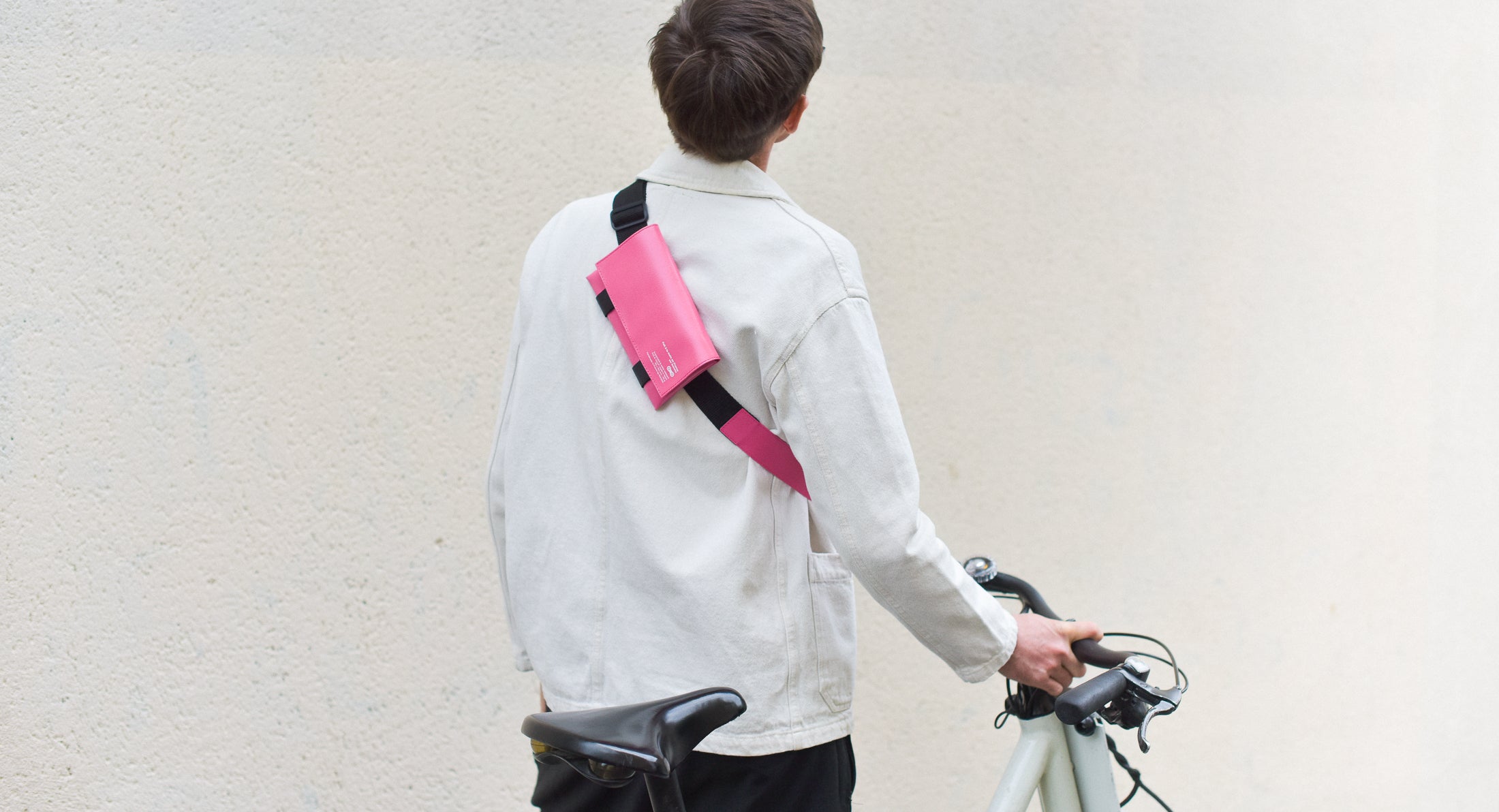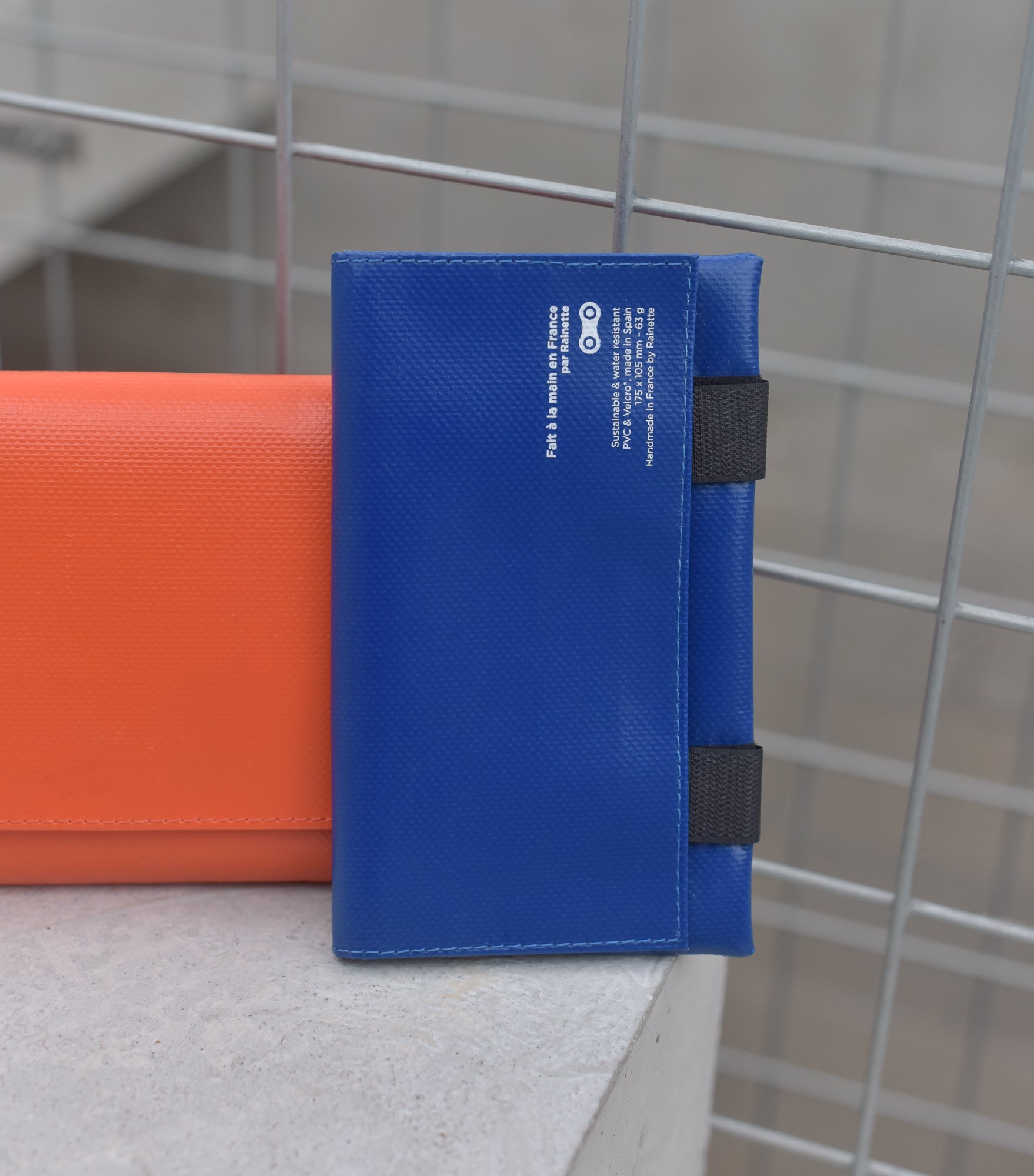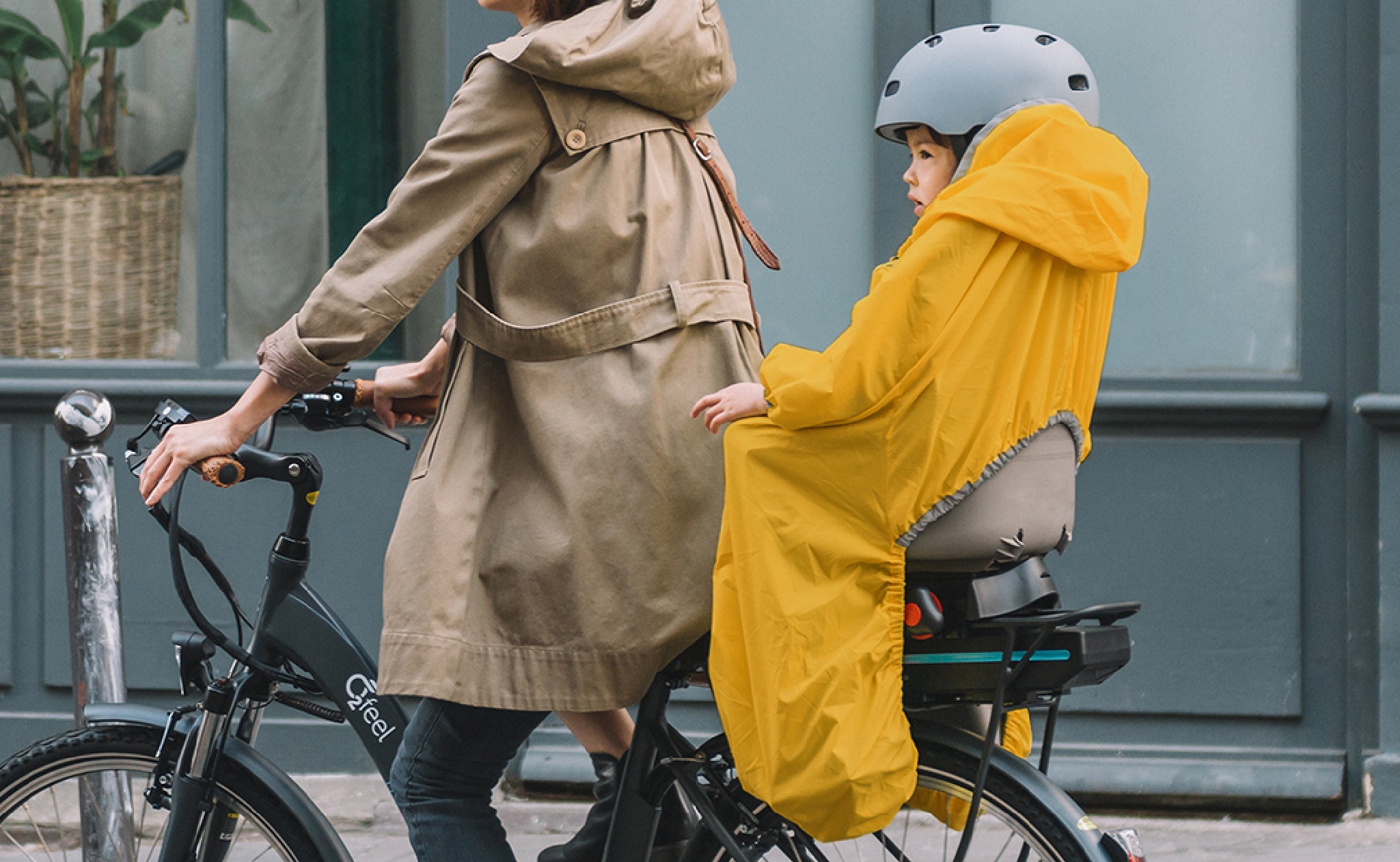Electric bikes have established themselves as a practical, environmentally-friendly mobility solution for adults. But what about children? Is it a good idea to equip our youngest with an electrically-assisted bicycle (EAB)?
While these machines offer many advantages, they also raise questions in terms of safety, responsibility and usefulness. It's best to weigh up the pros and cons before putting your children on an electric bike...
The advantages of an electric bike for children
Encouraging physical activity
Although the electric motor provides assistance, children still have to pedal to move forward. This combines physical effort with a playful experience, which can encourage youngsters to spend more time outdoors. Electric bikes can also motivate less athletic children to engage in regular physical activity.
What's more, in a world where children spend more and more time in front of screens, anything that encourages them to get out and about is an opportunity to be seized.
The VAE offers an attractive alternative, combining pleasure and health.
Making journeys more accessible
For families living in hilly areas, the uphill gradients can discourage children from using their bikes. An EAB reduces the effort required and makes these journeys more enjoyable. This can be particularly useful for home-school trips or family outings.
By eliminating the difficulties associated with cycling, the use of a VAE reduces the apprehensions and frustrations that can arise during these journeys.
Accessibility also applies to family outings. With a VAE, a child can follow adults on longer trips, strengthening family ties around outdoor activities.
Promoting autonomy
An electric bike enables children to cover longer distances without tiring themselves excessively. This can give them a sense of independence, while facilitating group outings with adults or friends.
The autonomy provided by a VAE can be particularly beneficial for pre-adolescents who are beginning to want to explore their environment without constantly depending on adults.
What's more, this autonomy goes hand in hand with learning responsibility: recharging the battery, maintaining the bike and respecting road safety rules.
An eco-responsible choice
Introducing children to environmentally-friendly means of transport from an early age instills values of eco-responsibility. The electric bike can become an educational tool to raise awareness of the importance of reducing our carbon footprint. It can be an excellent way of familiarizing them with environmental issues while offering them a concrete solution for taking action.
Points to watch
Safety first
Electric bikes can reach relatively high speeds for children, which raises safety issues. Before opting for an EAB, it's crucial to ensure that your child has mastered the basics of conventional cycling, including balance, braking and traffic rules.
It's also important to choose a model suited to your child's age and size. Some models offer speed limits, which are essential for safe driving.
Finally, it's essential to wear a helmet and other protective equipment (gloves, knee pads). Parents can also consider using reflective clothing to increase their child's visibility, especially in urban environments.
The high cost
Electric bicycles for children represent a significant financial investment, often between 500 and 1,500 euros depending on the model. This sum can be difficult to justify if the intended use is occasional.
Before you buy, it's important to assess whether the investment is right for your child and your family. Children grow up fast, and an expensive electric bike could quickly prove too small for your child.
For families on a tight budget, it may be wise to compare several models, look for second-hand options or consider local financial aid, which sometimes exists for the purchase of electric bikes.
Maintenance and durability
Like all electric vehicles, a VAE requires regular maintenance. The battery, in particular, needs to be well maintained to ensure a long service life. Families must be prepared to invest time and money in this maintenance. What's more, the lithium-ion batteries common on these models raise environmental issues when they reach the end of their life.
It is therefore important to ensure that batteries are properly recycled, and that children are made aware of these technical and ecological aspects.
Age and liability risks
Not all children are ready to use an electric bike, even if their age seems appropriate. Their level of maturity plays a key role.
Indeed, a child needs to be able to manage his or her speed, respect the rules of the road and assume the responsibilities that come with using an ACE. This includes, for example, regular battery recharging and general maintenance.
For younger children, parents should always supervise use and ensure that routes are adapted to their skill level. In addition, it's advisable to start with safe routes, such as cycle paths or roads closed to traffic, before letting them move on to more complex environments.
Alternatives to electric bikes
If a child's EAB seems premature or too expensive, there are interesting alternatives to encourage active mobility. For example, a quality classic bike, well adapted to the child's size, can be an economical and effective option. For longer journeys, devices such as bike followers or bike trailers can enable children to take part in outings without tiring themselves out too much.
Electric wheelchairs, designed for very young children, are another alternative for introducing the youngest children to balance, while adding a playful aspect.
How to choose an electric bike for children?
If you're convinced by the idea of an electric bike for your child, here are a few tips to help you make the right choice:
Adapted to age and size Choose a model specifically designed for children, with a frame and geometry adapted to their morphology.
Limited speed For safety reasons, we recommend models with limited electric assistance (generally 20 km/h or less).
Battery life Evaluate your needs in terms of distance. A range of 20 to 40 km is generally sufficient for daily use or recreational outings.
Weight Electric bikes can be heavy. Make sure your child can handle the bike easily, especially when stopping.
Safety equipment Check that your bike is equipped with high-performance brakes, reflectors and, ideally, integrated lighting.
Test ride If possible, let your child try out the bike before you buy it, to make sure he or she feels comfortable and in control.
An electric bike for children can be an excellent idea, provided you take into account the child's needs, maturity and safety. It offers undeniable advantages, such as promoting physical activity, greater autonomy and ecological awareness.
However, parents must be prepared to supervise their use, invest in a quality model and ensure regular maintenance.
Ultimately, each family needs to assess whether this investment fits in with their priorities and lifestyle. If these conditions are met, the VAE can become a fantastic tool for broadening the horizons of younger people, while offering them a fun and enriching experience.





